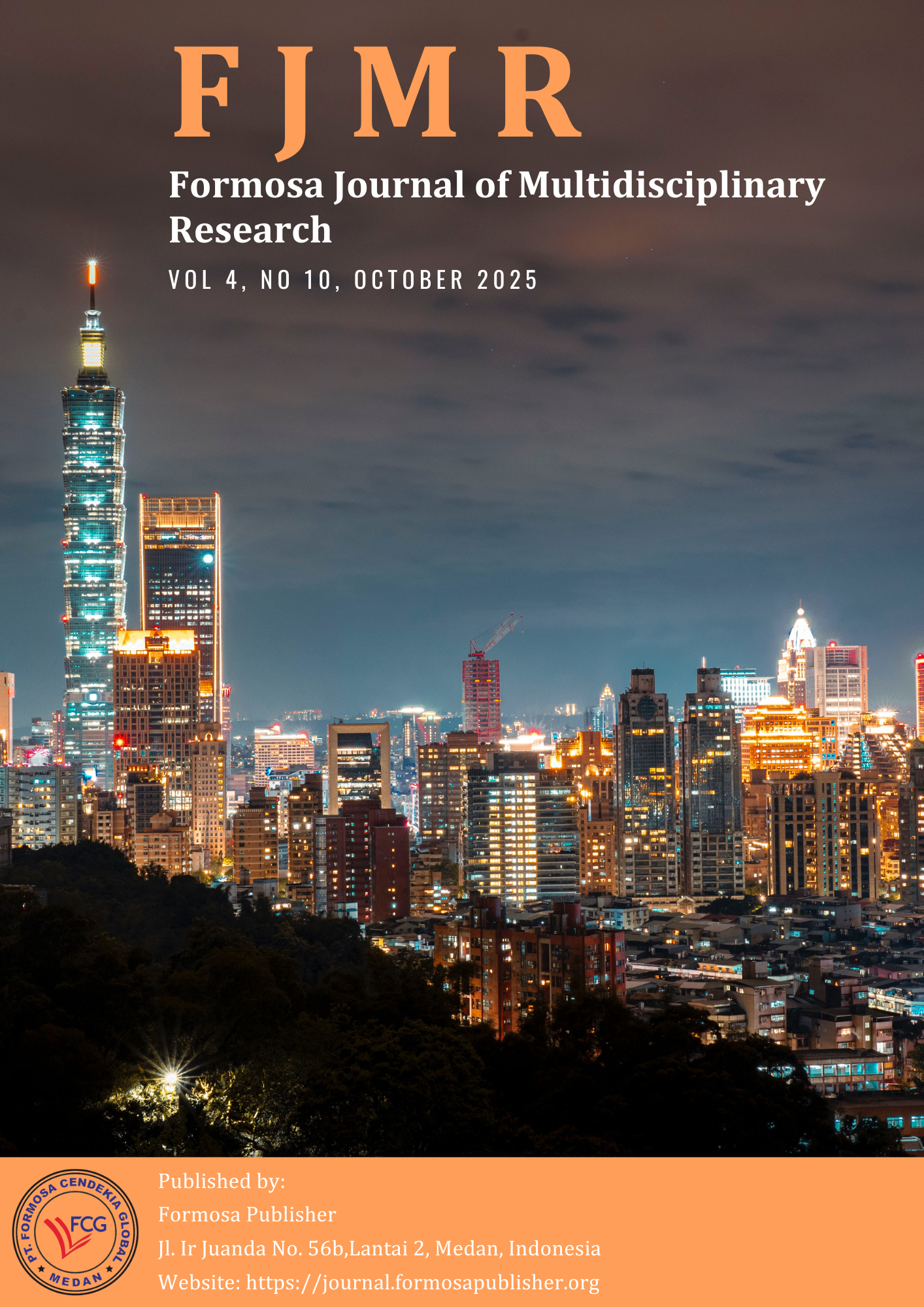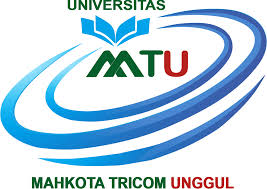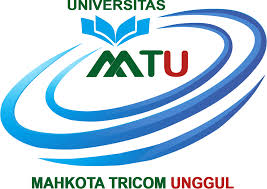Total Factor Productivity Analysis, Solow Residual Study with Growth Accounting Model in Surabaya City
DOI:
https://doi.org/10.55927/fjmr.v4i10.522Keywords:
Economic Growth, Total Factor Productivity, Growth Accounting ModelAbstract
Total Factor Productivity (TFP) represents the efficiency level of input utilization in generating output within a specific region, often reflecting the role of technological progress and innovation. This study analyzes the TFP of Surabaya City from 2011 to 2024 using the Growth Accounting Model based on the Solow Residual approach. The main variables considered are Gross Regional Domestic Product (GRDP), Labor Force (Employment), and Capital. The research adopts a descriptive-verificative method to calculate and estimate the TFP value for 2025 using trend analysis, which allows projection despite incomplete future data. The findings reveal that TFP growth in Surabaya tends to fluctuate and remain relatively low, indicating inefficiencies in combining labor and capital to generate optimal output. Interestingly, during the COVID-19 pandemic year of 2020, the city achieved a positive TFP value, suggesting that reduced input utilization improved production efficiency. These results highlight the importance of technological innovation, workforce quality, and effective policy intervention in improving regional productivity. The study emphasizes the need for the Surabaya City Government to enhance efficiency through strategic investment in technology, human capital, and policy support to sustain long-term economic growth and competitiveness.
References
Acemoglu, D. (2009). INTRODUCTION TO MODERN ECONOMIC GROWTH. In Sustainability (Switzerland) (Vol. 11, Issue 1). Princeton University Press. http://scioteca.caf.com/bitstream/handle/123456789/1091/RED2017-Eng-8ene.pdf?
Ataev, F. (2024). ESTIMATION OF TOTAL FACTOR PRODUCTIVITY BY GROWTH ACCOUNTING : EVIDENCE FROM THE CENTRAL ASIAN REGION. 11(6), 1066–1078.
Ataev, F. R. (2022). ESTIMATING THE TOTAL FACTOR PRODUCTIVITY: EVIDENCE FROM THE GREAT SILK ROAD REGION. “Iqtisodiyot va Innovatsion Texnologiyalar” (Economics and Innovative Technologies) Ilmiy Elektron Jurnali.
Čadil, J. (2007). Growth Accounting, Total Factor Productivity and Approximation Problem. Prague Economic Papers, 16(4), 347–357. https://doi.org/10.18267/j.pep.313
Cai, A., & Nal, O. (2024). The Role of Total Factor Productivity in International Economic Growth : A Cross-Country Analysis. October, 1–35.
El Fakir, A. O. (2022). Economic Growth Analysis and Total Factor Productivity: A Case Study of Morocco, 1999-2019. International Journal of Economics and Finance, 14(4), 1. https://doi.org/10.5539/ijef.v14n4p1
Eskani, I. N. (2016). Total Factor Productivity (TFP) Industri Menengah dan Besar di Indonesia. Dinamika Kerajinan Dan Batik: Majalah Ilmiah, 28(1), 17–24. http://ejournal.kemenperin.go.id/dkb/article/view/1133
Mahyuddin, Juanda, B., & Siregar, H. (2006). Total Faktor Productivity dan Dampaknya terhadap Kesempatan Kerja di Provinsi Sulawesi Selatan. Jurnal Sosial Ekonomi Pertanian, 23(12), 11–20.
Marcal, I. A. F., Putra Oentoro, Y., & Yasin, M. (2024). Pertumbuhan Ekonomi Sebagai Cerminan Perkembangan Perekonomian Suatu Negara. Jurnal Manajemen Dan Bisnis Ekonomi, 2(3), 40–47. https://doi.org/10.54066/jmbe-itb.v2i3.1898
Mustika, C. (2012). Analisis Pertumbuhan Total Factor Productivity di Indonesia. Jurnal Paradigma Ekonomika, 1(4), 231–245.
Mustika, C. (2014). Kajian Total Factor Productivity Malaysia (Suatu pendekatan dengan metode fungsi produksi). Jurnal Paradigma Ekonomika, 9(01), 64–70.
Puspita, D. A. (2025). ANALISIS TEKNOLOGI TERHADAP PERTUMBUHAN. Jurnal Rumpun Manajemen Dan Ekonomi, 2(1), 195–203.
Setiyawati, R., Sasana, H., & Septiani, Y. (2020). Analisis Pertumbuhan Total Factor Productivity (TFP) 6 Negara ASEAN TAHUN 2008-2017. DINAMIC: Directory Journal of Economic, 2 Nomer 1, 290–302.
Subekti, Y., & Yasin, M. (2023). Analisis PDRB Kota Surabaya Tahun 2020-2023 Sebagai Cerminan Pertumbuhan Ekonomi Di Kota Surabaya. Digital Bisnis: Jurnal Publikasi Ilmu Manajemen Dan E-Commerce, 2(2), 124–130. https://doi.org/10.30640/digital.v2i2.1060
Xu, Y., & Yu, S. (2012). Total Factor Productivity among Cities in China : Estimation and Explanation. Economics Program Working Paper Series, March, 39.
Published
Issue
Section
License
Copyright (c) 2025 Elwira Dwinanda Hakim, M Taufiq, Wirya Wardaya

This work is licensed under a Creative Commons Attribution 4.0 International License.

































